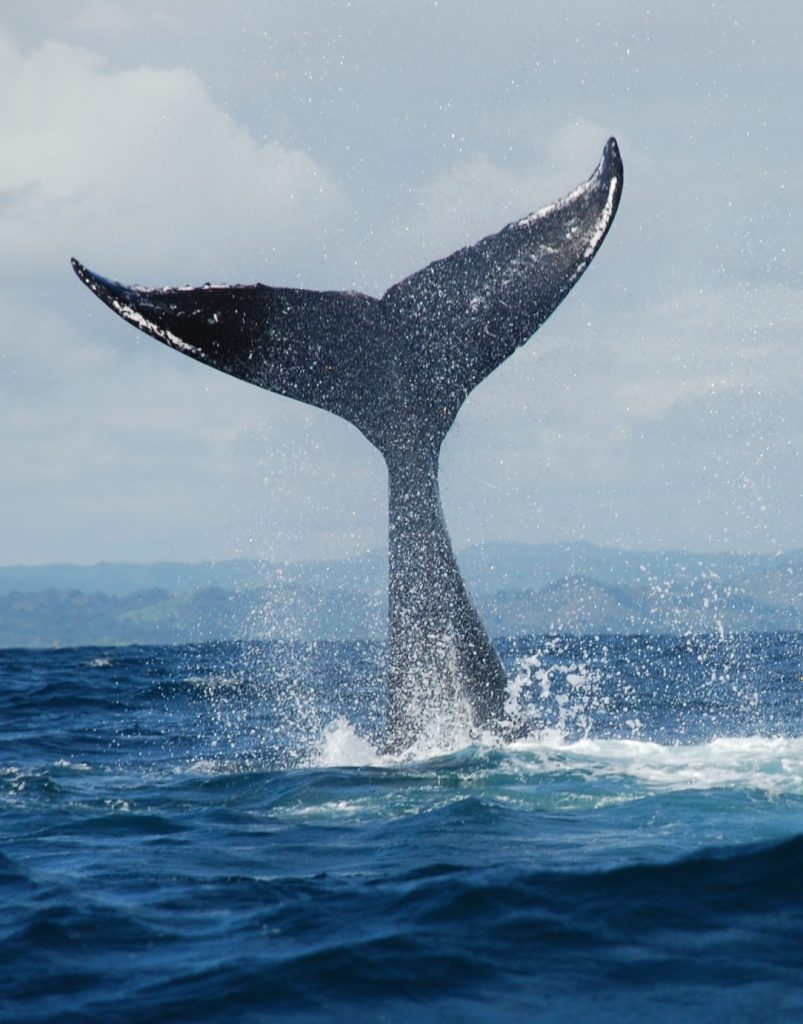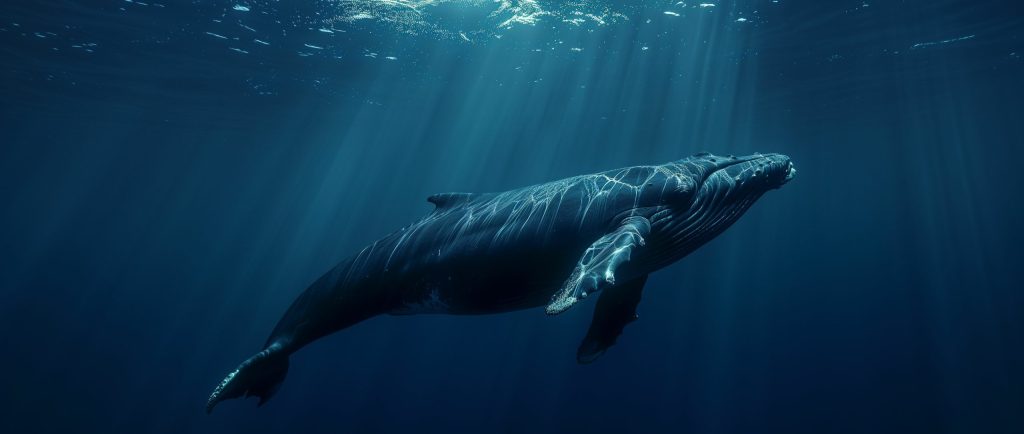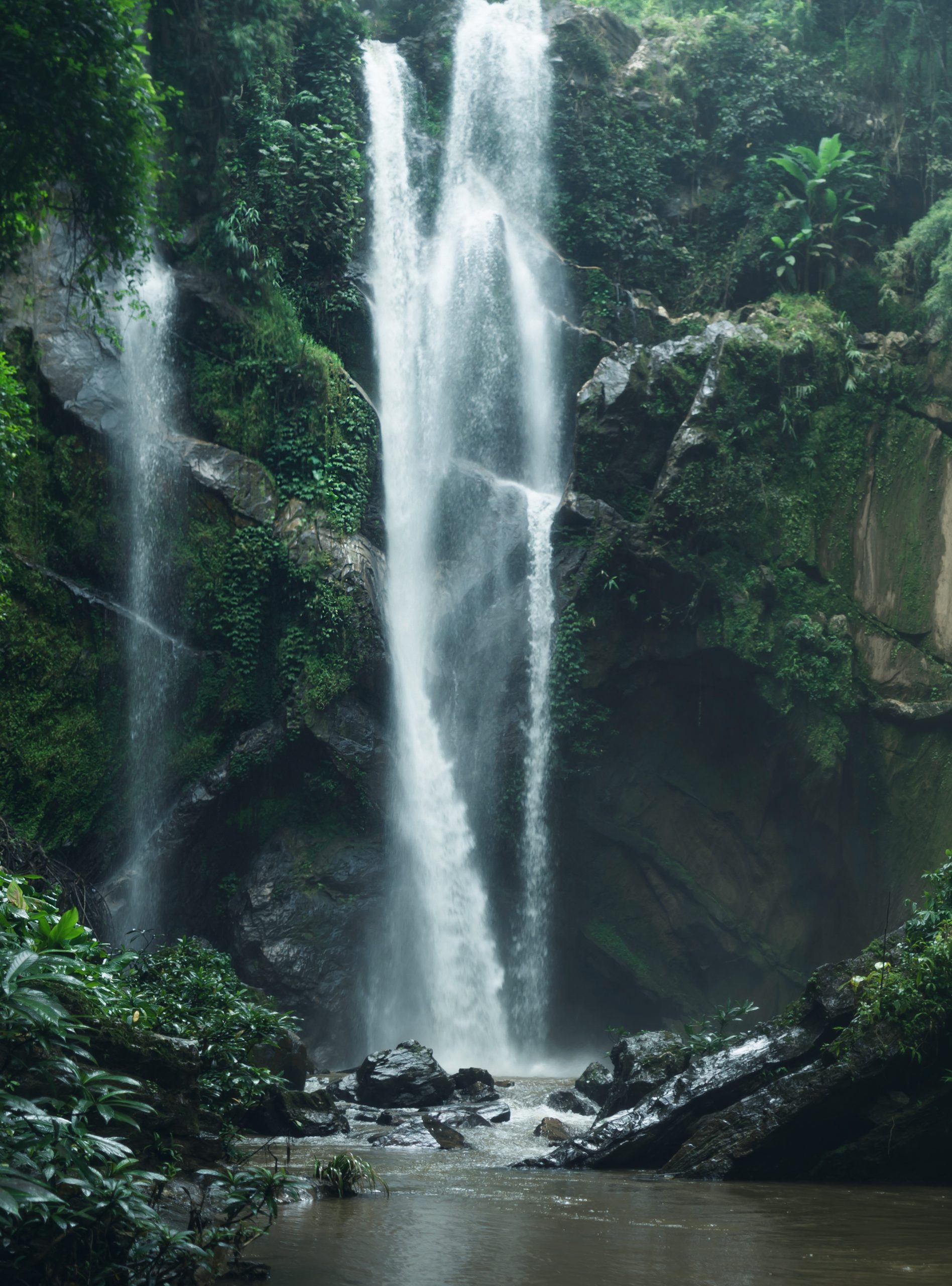Article
The Emotional Impact of Whale Songs are often described as “the symphonies of the ocean.”

When was the last time you heard a whale song? While getting a massage? Watching a nature documentary? During the savasana portion of a yoga class? While you might struggle to recall where you were when you most recently heard one, it’s not hard to remember the feelings that these harmonic sounds evoked within you. Whale songs have a long history of emotionally resonating with humans. But what is it about them that draws us in so deeply?
Why Whales “Sing”
Whale songs are often described as “the symphonies of the ocean.” They consist of an array of groans, squeals, moans, roars, clicks and pulses that can last up to 10 minutes or longer. The depths of the sea can be dark, making visual cues hard to rely on. And odors don’t travel well throughout water, meaning animals can’t use sniffing as a way to track members of their species, like many land mammals can. But research shows that sound moves about four times faster in water than in air, making singing an effective form of communication for whales in the ocean.
Land mammals, like humans, generate sound by moving air and vibrating their vocal cords with each exhale. Whales, on the other hand, produce sound through muscular contractions in their throats and chests, which move air into their laryngeal sacs. This process causes vibrations in the folds of tissue located between their lungs and larynx. Unlike humans, whales don’t need to exhale to produce sounds. Instead, they recirculate air throughout their bodies, enabling them to make vocalizations without needing to breathe in between.
The exact purpose of these songs is still not entirely understood. Some researchers speculate that only male whales sing, linking the practice to attracting a mate during breeding season. Shorter and non-singing vocalizations, referred to as calls, have been associated with feeding and social behaviors. What researchers can agree on, however, is that hearing a whale sing is nothing short of magical.

Parallels to Human Music
Much like human-created symphonies, whale songs are intentionally arranged and structured. These giant ocean mammals communicate with noises like moans, chirps and cries that are arranged into patterns. Their songs have melodic and rhythmic patterns that are repeated into themes, which become the basis of a song. And similar to human music, whale songs use repetition, shifts in pitch, and patterns that are familiar to human ears. This may be one reason the songs of this species feel so meaningful to us.
As humans, we’re naturally drawn to rhythm and melody – and studies show these patterns that resonate with us actually play a role in stimulating the brain’s reward system. Studies have shown that whale songs, with their complex structures and harmonic qualities, can evoke feelings of awe, calm, and connection in humans. And similar to the effects of listening to a calming song (think of “Smooth Operator” by Sade), hearing whale songs has been linked to reduced stress and enhanced relaxation.
In addition to their soothing emotional effect, whale songs have been found to engage the parasympathetic nervous system, which regulates bodily functions and helps humans to relax. Just as certain frequencies in human music can have healing effects, the low-frequency sounds of whales appear to trigger a sense of calm. This is likely why whale songs are often incorporated into wellness environments like massage therapy, meditation sessions, and yoga classes.
And just as humans like Adele can entertain the masses with lengthy concerts, whales have shown the ability to hold their own in the musical stamina department. Interestingly, a recorded session of whale songs once captured a humpback whale singing for 22 hours! And Katy Payne, a marine biologist who studies whale songs, has found that some humpback whales sing different versions of the same song that changes through the course of a season. Think of this as a “hit song” or what musicians would refer to as a chart-topping single.

Whales as Human Inspiration
The majesty of whale songs has served as a muse for many artists throughout the years who have been fascinated by their oceanic patterns. Alan Hovhaness drew inspiration for aquatic melodies in his symphony titled “And God Created Great Whales.” And while whale songs have been occurring as long as these creators have graced our seas, they soared in popularity during the 1970s with the release of “Songs of the Humpback Whale” by bio-acoustician Roger Payne who captured these eclectic sounds in recordings. Beyond raising awareness about the beauty of whale songs, the album release inspired a worldwide “Save The Whales” movement. Judy Collins used one of Payne’s whale recordings on her gold album Whales and Nightingales, introducing millions to the songs of whales.
Whale songs have also made their way into “I Am the Walrus” by The Beatles and Joni Mithchell’s “Song for Sharon.” Paul Winter used whale songs in his 1980s album Whales Alive, combining their melodies with jazz and classical music. And Crosby, Stills and Nash used whale-like songs in their 1969 self-titled album.
Whale songs possess a unique power to stir emotions, and it’s evident that listening to one leaves a lasting impression on people. With their intricate melodies and rhythms, these songs resonate with the same patterns we instinctively connect with in human music.
More from L-Acoustics
Technologies, solutions, news, and stories related to this article.


